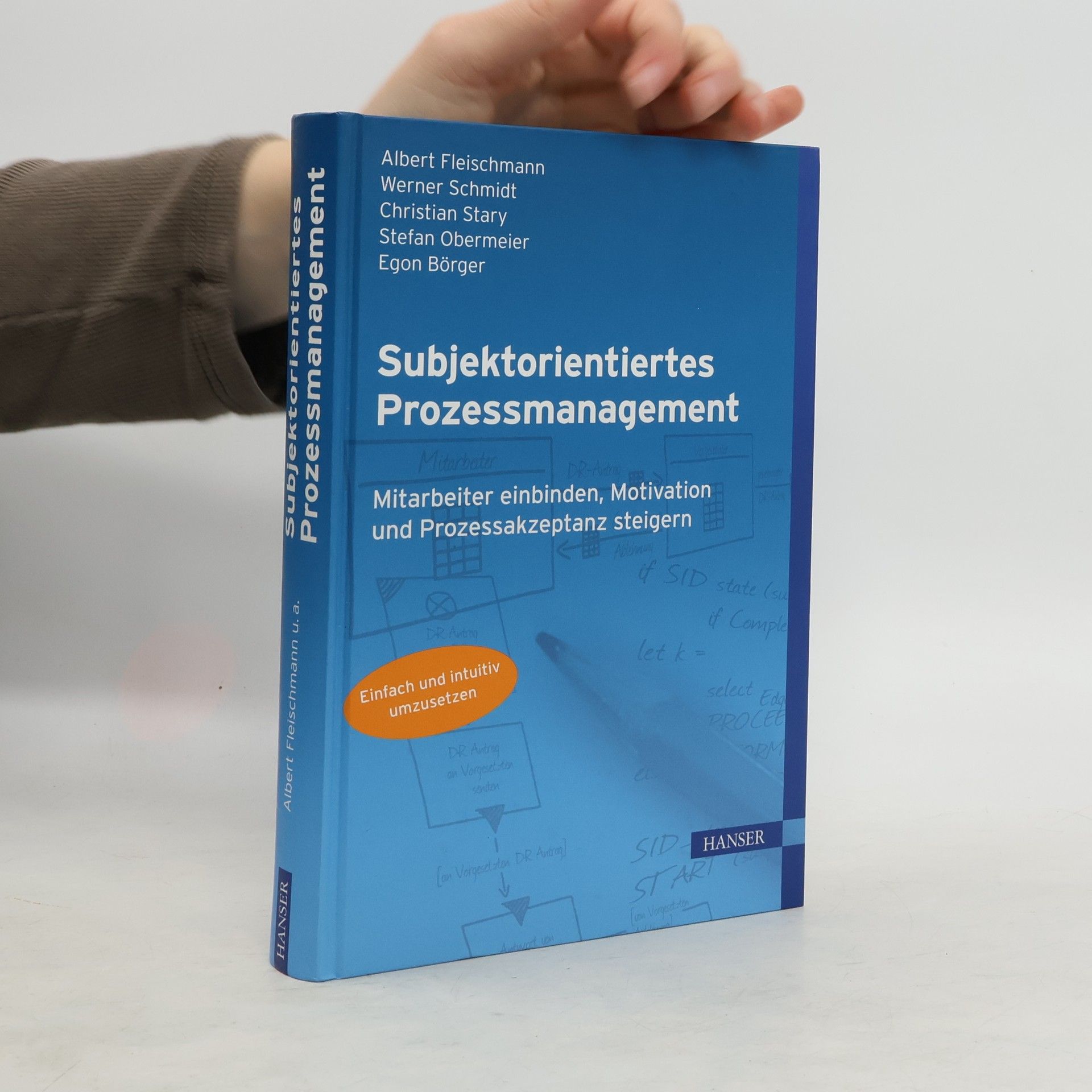Contextual Process Digitalization
Changing Perspectives ' Design Thinking ' Value-Led Design
- 288pages
- 11 heures de lecture
Focusing on process management, this book provides a detailed overview and step-by-step guidance, beginning with individual participants' perspectives on their roles and the structuring of processes. It explores the specification of these processes in models and their integration within organizational and IT frameworks. Additionally, the text delves into the collaborative processing of instances within socio-technical systems, complemented by illustrations that enhance the reader's comprehension of business process management.

